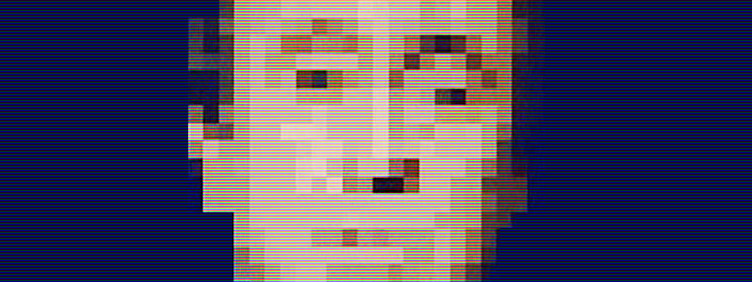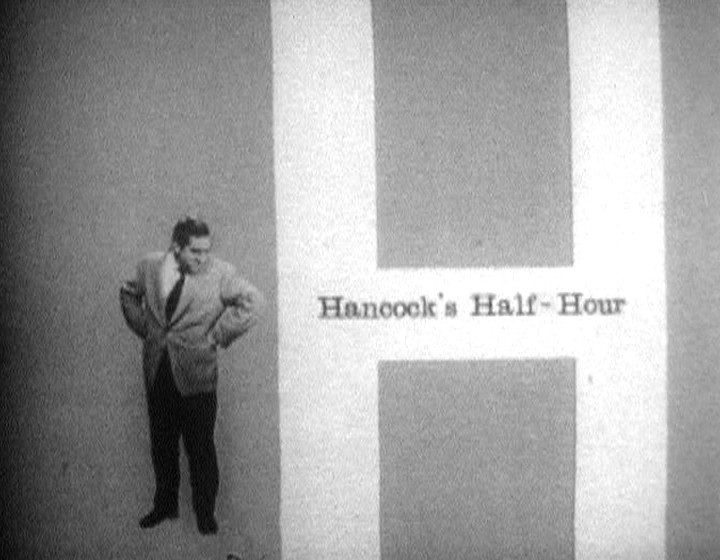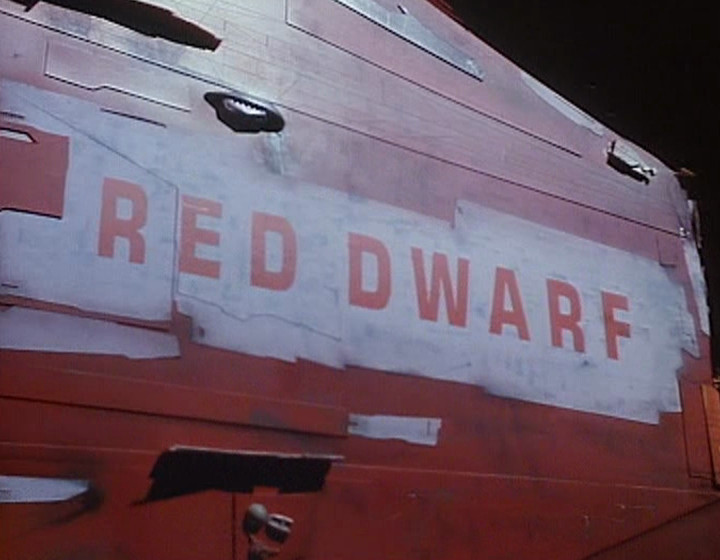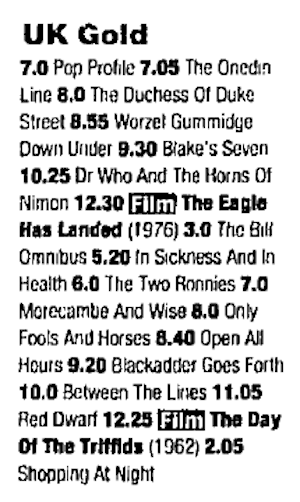Least promising headline on Dirty Feed ever, amongst some stiff competition, I know. Dirty Feed editorial policy is an even more niche subject than Hale & Pace fan fiction. But I do know there will be a few people wondering about it. Consider this a boring publishing note that most people can skip, and read something more interesting instead.
So: recently, I’ve started publishing a few posts on here which I originally wrote for Red Dwarf fansite Ganymede & Titan, which I departed from back in January. I thought I’d give a little explanation as to my choices, because republishing my old shit has never been this site’s modus operandi before. (It’s always been about publishing my new shit.) But as I said at the start of the year, I do like the idea of some of my work from G&T having a home here too, especially given that it’s the perfect chance to revise and improve a few things.
Still, some of the stuff I’ve chosen to republish over here so far isn’t exactly the obvious stuff you’d think I might pick. So here’s my thinking behind it all, for those who care.
Obviously, plenty of stuff I wrote over on G&T just isn’t Dirty Feed material. For a start, I published literally hundreds of news articles over the years, which actually consisted of the bulk of my writing – precisely none of which are worth reviving here. Pieces on the imminent transmission of The Crouches aren’t something which need to pop up on Dirty Feed in 2020.1
Then there’s the longer, but still time-sensitive articles, such as my review of The Bodysnatcher Collection DVD back in 2007. I love that they are still available online, and hope they always will be, but I don’t see any point in throwing them across to here. They capture a particular point in time, that a 2020 date attached would entirely destroy.
Finally in terms of stuff that won’t come over here, there’s the old jointly-written articles, like this piece on the climax to Red Dwarf VI. I honestly can’t remember who wrote what in those pieces – in the early days, it was often a Lennon/McCartney situation2 – but that’s all the more reason not to publish them on Dirty Feed.
So, what of stuff that is likely to find its way over here? Currently, it’s the shorter material being revised and republished, especially stuff written over the past couple of years that I still actually like. Pieces about the early satellite repeats of Red Dwarf fit neatly into the kind of thing I already publish over here, for instance.3
Then there’s the bigger pieces. Stuff like my old Hancock’s Half Hour article are thoroughly Dirty Feed material, and you’d think they would be the first things to make their way across over to here. The reason they haven’t so far is simple: I want to do a proper job at revising them to make a little more sense outside a fandom context, and that takes time. Then there’s my analysis of the sets in Series 1 and 2 of Red Dwarf, which I abandoned after three posts. That needs finishing off, but it’s a big project that really needs proper time setting aside for. It’ll happen eventually.
And finally, there are the old articles which are revised so much that I haven’t even bothered acknowledging their roots in old G&T pieces. For instance, the piece I wrote on here last month about a character-defining joke in Red Dwarf was initially inspired by a G&T piece from 2017, on an old Grant Naylor radio sitcom. But there are so many additions and changes in the Dirty Feed article – the first two-thirds are brand new, for instance – that it’s not really a rewrite of an old piece any more, and so doesn’t get labelled as such.
So there you go. Boring, but if you were confused as to the slightly-strange-from-the-outside republishing policy, then there’s your explanation. I’m not interested in porting over every single piece of writing I’ve ever done about Red Dwarf to here – anything I publish I want to reflect what I think about things today. After all, there are plenty of old articles which aren’t time-sensitive, and you’d think would make a decent post on here… but after ten years, I have decided are actually complete and utter bollocks. No point dragging out my ill-thought-through pieces about how whatever the faults of a piece of comedy, “it doesn’t matter as long as its funny”.4
Now, let’s forget about Red Dwarf for a bit. Who fancies something about Doctor on the Go instead?
Read more about...
originally on G&T, red dwarf




